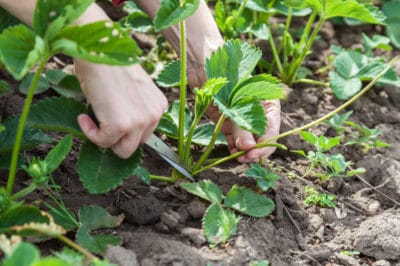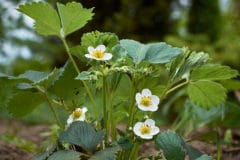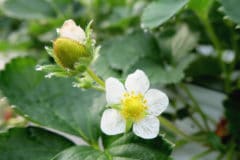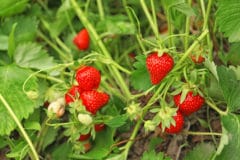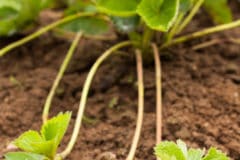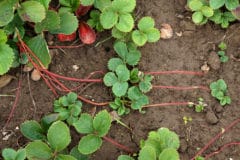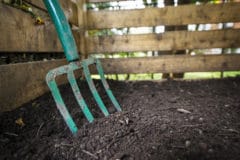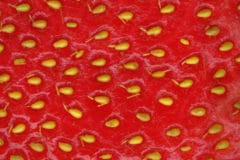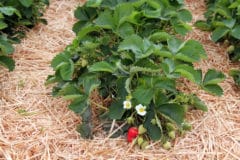About Strawberries
Strawberries belong to a group called stolonaceous plants. Each summer, once fruiting is complete, the plants send out runners, which will develop a new plant on the end. In the wild, this ensures the patch is always moving into fresh soil, which helps to keep it healthy. In your garden, plants can spread where you don’t want them or the patch may become overcrowded.
Why to Prune
Like many perennials, the strawberry’s first order of business is to bloom and produce fruits which contain seeds to spread the crop. Once that is accomplished, the plant puts its energy into growing runners rather than increasing the size of the mother plant. Pruning redirects that energy and can encourage the mother plant to develop multiple crowns instead, which means larger future crops.
When to Prune
Strawberries can be June bearing, ever-bearing or day-neutral. The first has a single big crop and then moves to runner production. The others produce runners sporadically during the growing season. June bearers will need to be pruned a few weeks after the harvest and again in the late summer. The others can be pruned every few weeks.
When Not to Prune
As with most garden endeavors, there’s a right time to perform pruning. You should not prune:
- When you are trying to develop a matted row system.
- When plants are wet; it may spread disease.
- If plants look unhealthy – root them out and discard instead.
- If you want to transplant daughter plants to a new bed; let them develop roots first.
How to Prune
Pruning should include both runners and leaves. Cut the runners to within one inch of the mother plant. Trim back leaves to about two inches above the crown. Gardeners who use matted row beds often just mow with a rotary mower. Otherwise, use gardener pruners or heavy duty scissors. If you don’t want to use the runners as new plants, rake them up and put in the compost pile.
After Pruning
Don’t leave clippings on the bed, as it can encourage disease – compost or discard. Once you’ve cleared away the debris, fertilize the plants. This helps them put energy and nutrients into forming new buds for succeeding crops. Use a commercial organic fertilizer that is high in potassium or mix wood ash into your compost. Water well.
